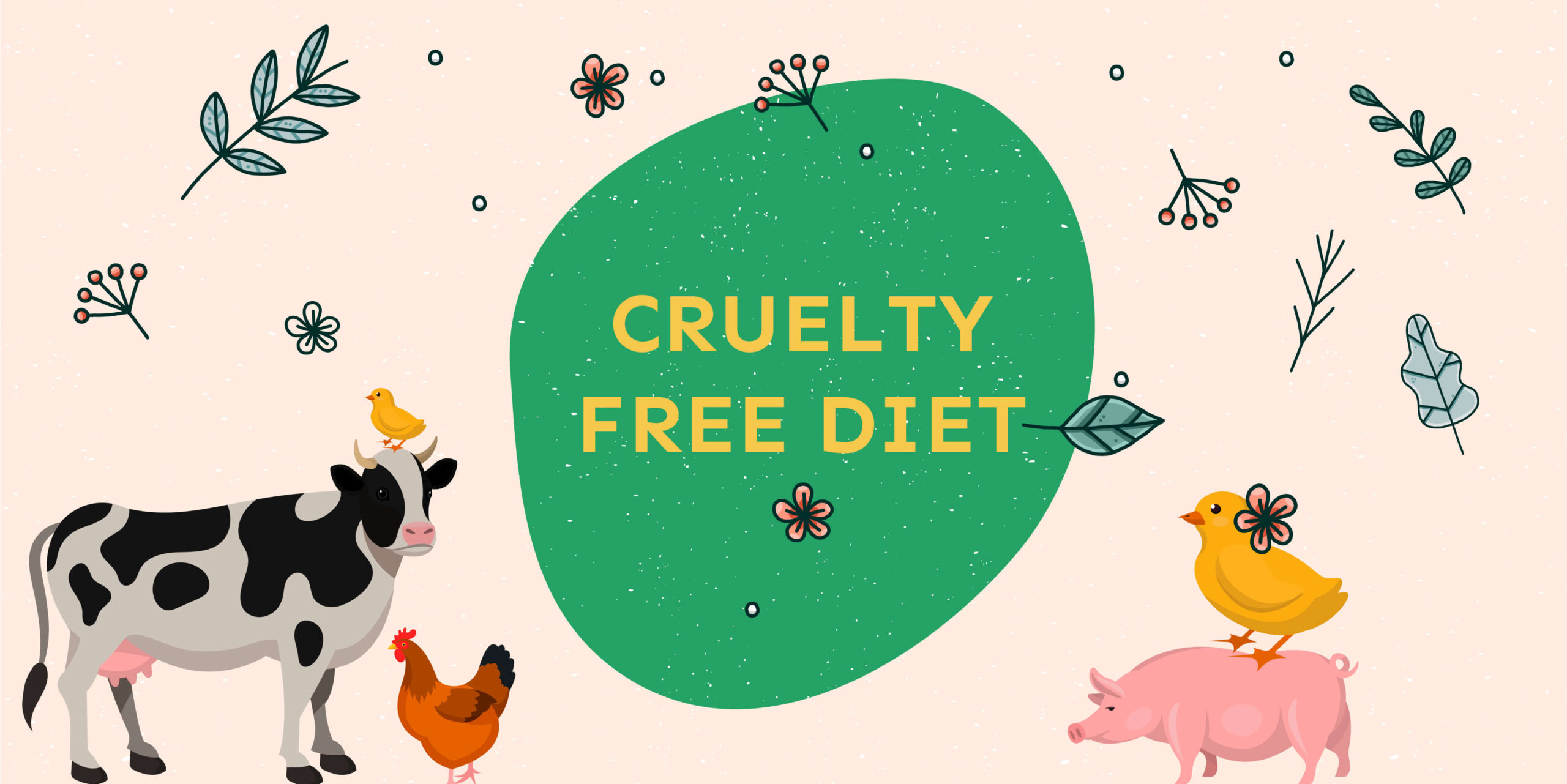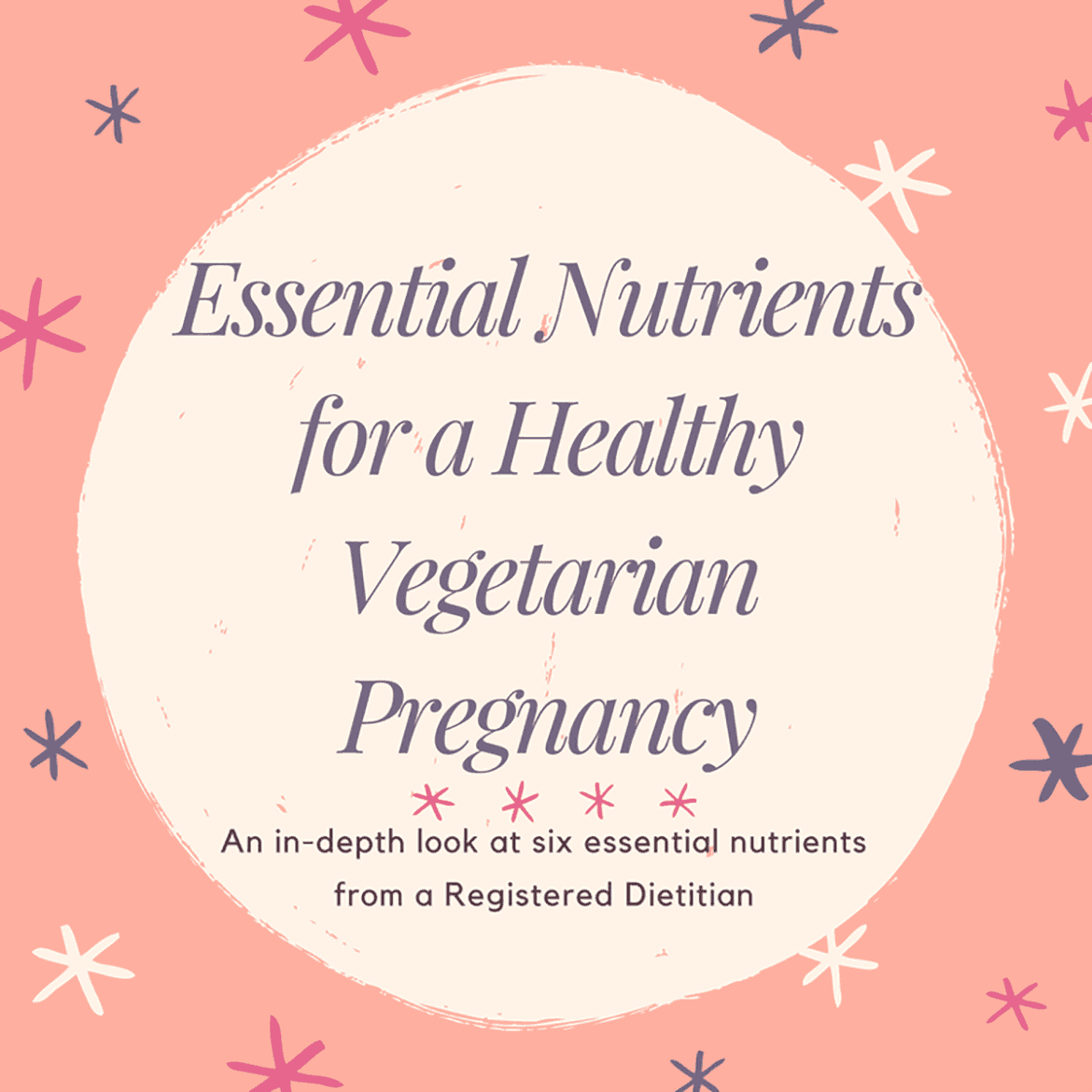
Protein is crucial for building muscle, and it's also a key component in weight loss. You should look out for vegetarian recipes with high levels of protein to help you increase your protein intake if possible.
There are many types of protein vegetables, including beans and peas as well as lentils, soy, and even lentils. They are great for people who want to lose weight, increase their fitness, or just get healthier.
Chickpeas are an excellent source of plant protein. They are also great for low carbohydrate diets because they have a minimal effect on blood sugar.
Also, vegetables are great sources of protein. Some veggies are rich in fibre which can help you feel fuller longer and aid in weight loss. A great example is quinoa.

A great way to increase your protein intake is to make soups or stews. A tomato-based vegetable base broth is one of our favorite protein soups. This recipe features French green lentils which add a hearty flavour to the soup and also have a good amount of protein in them too.
You can also make high protein soups suitable for vegetarians by using a vegetable broth made with mushrooms and black beans. These vegetarian recipes are great for people who are on a high-protein diet. They are low in fat, and provide plenty of nutrients to help your body.
A smoothie is an easy and quick way to increase your intake of protein. You can make a smoothie for breakfast, lunch or dinner that is packed with protein and will feel satisfied throughout the day.
These protein smoothies can be prepared quickly and stored in the refrigerator until needed. You can stick to your diet by adding protein to your smoothies. This will keep you full until your next meal.
If you are a vegetarian looking to increase your protein intake, you should aim for 20g per 600 calories. This is an acceptable goal for most people. It allows one to eat a wide array of foods and still meet their protein goals.

To increase your intake of protein, there are many meat substitutes available. All of these are high-protein and good sources for calcium.
Lentils and beans are another great source of protein. If you are on a low carb diet, you should consider using beans and lentils instead of rice or pasta to ensure you get enough protein in your meals.
FAQ
Is cold a sign of a weak immune response?
Cold can make you less immune to infection because your body makes fewer white blood cells, which are essential for fighting infections. But, cold makes you feel better. Your brain releases endorphins that reduce pain.
How can I get enough vitamins
You can obtain most of your daily requirement through diet alone. Supplements may be necessary if you are not getting enough of a particular vitamin. Multivitamin supplements can be taken that contain all the vitamins you need. Or you can buy individual vitamins from your local drugstore.
Talk to your doctor about the best foods for vitamins if you're concerned about not getting enough nutrients. You can find vitamins K and E in dark green leafy vegetable such as spinach, kale and turnip leaves, as well romaine lettuce and arugula.
If you are not sure how much vitamin you should be consuming, ask your doctor. Your medical history and your current health status will help you determine the best dosage.
Here are 7 ways to live a healthy lifestyle.
-
Make sure you eat right
-
Exercise regularly
-
Rest well
-
Get plenty of water.
-
Get adequate sleep
-
Be happy
-
Smile often
What's the difference between a calorie and kilocalorie?
Calories can be used to measure how much energy is in food. Calories are a unit of measurement. One calorie represents the energy required to raise one gram of water's temperature by one degree Celsius.
Kilocalories are another way to describe calories. Kilocalories equal one thousandth of an calorie. For example, 1000 calories equals one kilocalorie.
What is the difference between a virus and a bacterium?
A virus, a microscopic organism that can not reproduce outside of its host cells, is called a virus. A bacterium (or single-celled organism) reproduces by splitting itself into two. Viruses are very small (about 20 nanometers) while bacteria are larger (up to 1 micron).
Viruses are spread via contact with infected bodily liquids such as urine, saliva, semen and vaginal secretions. Bacteria can easily be spread from direct contact to contaminated objects and surfaces.
Viral infections may enter the body through cuts, scrapes. bites and other skin breaks. They can also enter the body through the nose and mouth, eyes, ears or rectum.
Bacteria can get into our bodies through cuts, scrapes and burns, insect bites, or other skin breaks. They can also be introduced to our bodies by food, water and soil.
Both bacteria and viruses cause illness. Viruses can not multiply in the host. So they only cause illnesses when they infect living cells.
Bacteria can multiply within their hosts and cause illness. They can invade other areas of the body. Antibiotics are needed to eliminate them.
How do I find out what's best for me?
Listen to your body. Your body is the best judge of how much exercise, food and rest you should get. To avoid overdoing it, it's important that you pay attention to what your body is telling you. Pay attention to your body, and ensure that you're taking care of your health.
Why should we live a healthy existence?
Living a healthy lifestyle can help you live longer and more happy lives. Good nutrition, exercise regularly, good sleep habits, and stress control can help you avoid diseases such as heart disease and stroke.
Healthy lifestyles will help us to cope with daily stresses better and improve our mental health. A healthy lifestyle will help you feel more confident and younger.
Statistics
- WHO recommends consuming less than 5% of total energy intake for additional health benefits. (who.int)
- According to the Physical Activity Guidelines for Americans, we should strive for at least 150 minutes of moderate intensity activity each week (54Trusted Source Smoking, harmful use of drugs, and alcohol abuse can all seriously negatively affect your health. (healthline.com)
- The Dietary Guidelines for Americans recommend keeping added sugar intake below 10% of your daily calorie intake, while the World Health Organization recommends slashing added sugars to 5% or less of your daily calories for optimal health (59Trusted (healthline.com)
- This article received 11 testimonials and 86% of readers who voted found it helpful, earning it our reader-approved status. (wikihow.com)
External Links
How To
How to Keep Your Health and Well-Being In Balance
This project was intended to offer some recommendations on how you can keep your body healthy. Understanding how to maintain health is the first step in maintaining your health. We had to learn what was good for our bodies in order to do this. Then, we looked at all the ways people attempt to improve their overall health. We discovered many that could help. We finally came up with some tips to help us be happier and healthier.
We began by looking at different kinds of food. We learned that certain foods are bad for us while others are good. We know sugar can cause weight gain and is therefore very harmful. But fruits and vegetables, on other hand, are good for us since they contain essential vitamins and minerals.
Next, exercise was discussed. Exercise is good for our bodies and gives us energy. It makes us feel good and happy. There are many different exercises we can do. Running, swimming, dancing, lifting weights, and playing sports are some examples. Yoga is another great way to build strength. Yoga is an excellent exercise because it improves flexibility and breathing. Avoid junk food and drink lots water if you want to lose weight.
We ended our discussion with a mention of sleep. Sleep is an important thing that we must do each day. When we don't get enough sleep, we tend to become tired and stressed. This leads to problems such as headaches, back pain, depression, heart disease, diabetes, and obesity. If we want to be healthy, we need to get enough sleep.